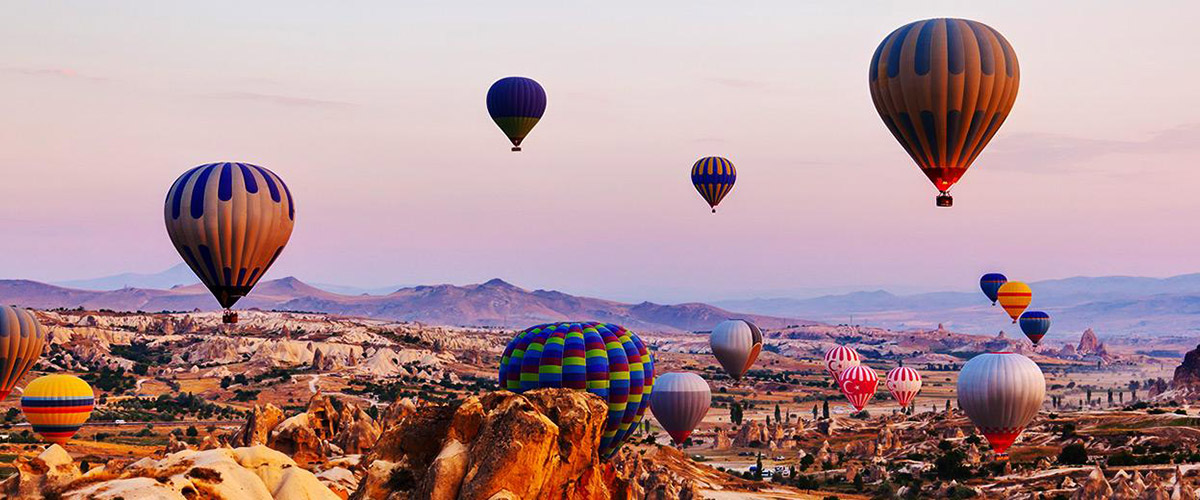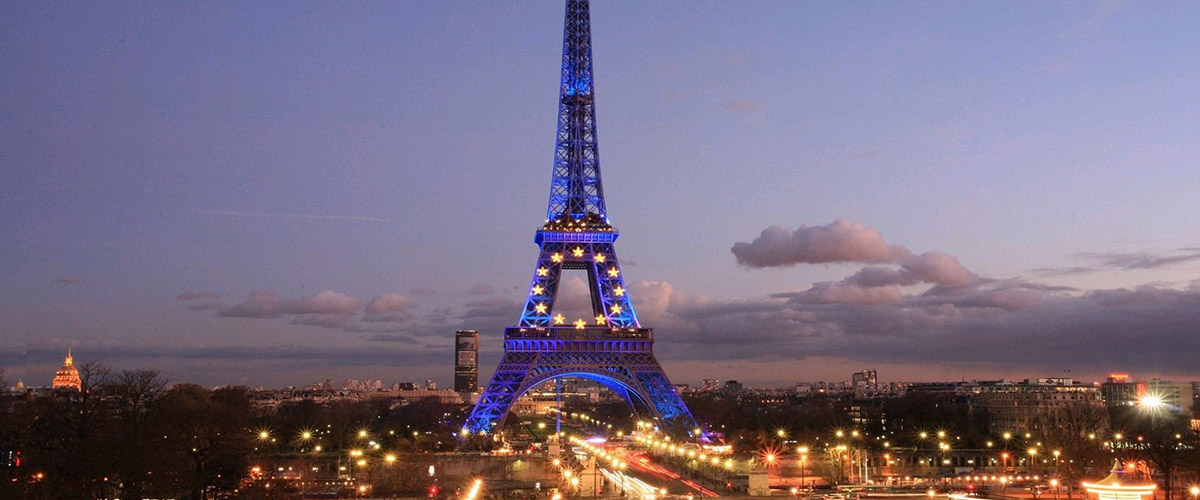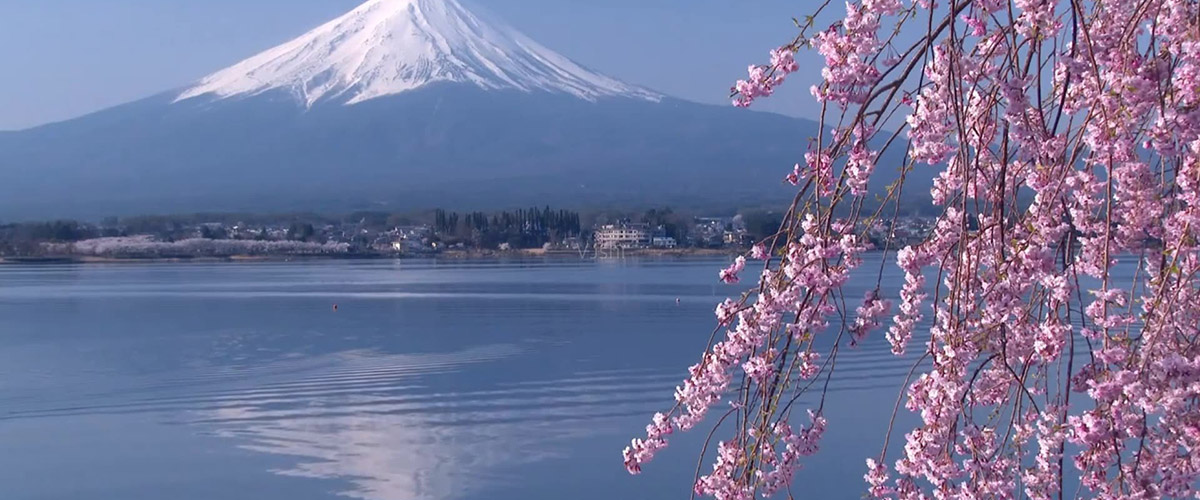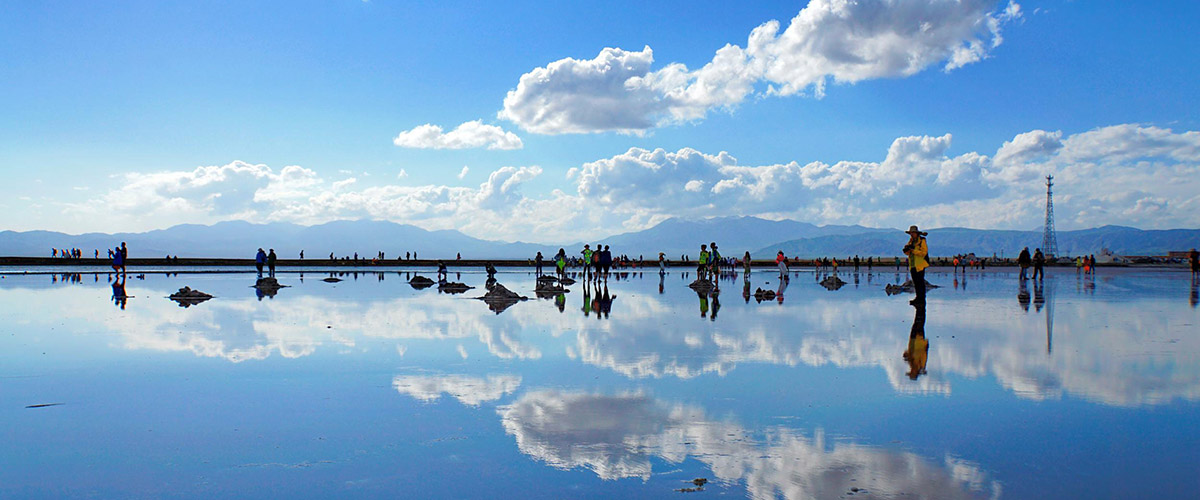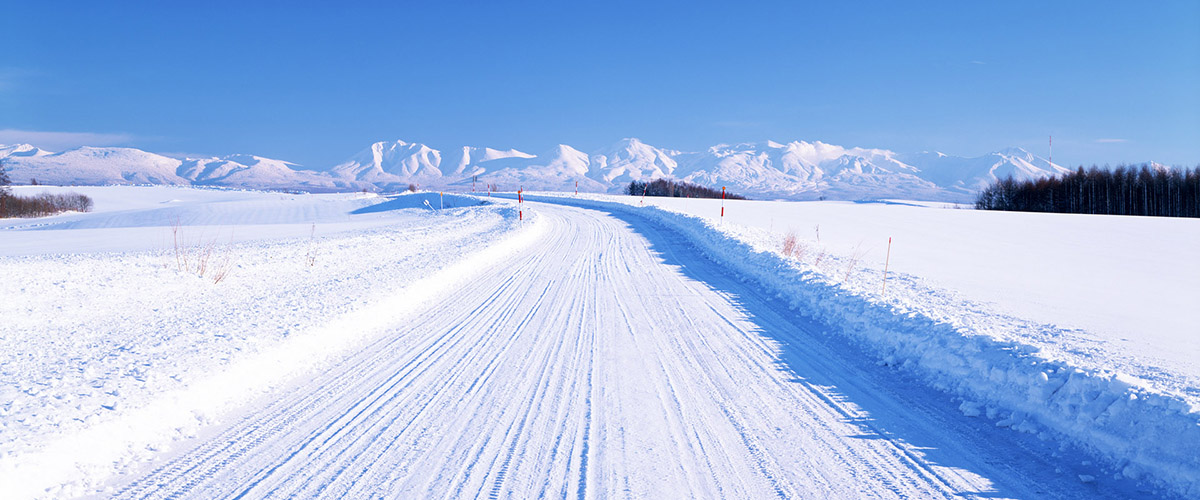文章详情
UAE, green tour in sand dunes
作者:管理员 发布于:2018-12-12 16:36:06
The United Arab Emirates has a large desert group in the world, known as the empty Quarte. In ancient times, people only relied on camels to cross the vast desert. At the World Expo, the UAE pavilion will move a moving "sand dune" to Shanghai. This will not only make people's dream of "living" in the sand dunes come true, but also allow the audience to embark on a dream journey to enter the mysterious desert of the United Arab Emirates and climb the world's tallest building, the Dubai Tower.
Peter fan, coordinator of the United Arab Emirates Pavilion, revealed that during the World Expo, such a wonderful experience can not only be experienced in the giant screen cinema of the United Arab Emirates Pavilion, but also the lucky audience can directly fly to the Middle East to experience it.
Pidfan said that the selection of sand dunes represents the culture of the United Arab Emirates, not because of the beauty of sand dunes, but because they are metaphors of the process of national development. Sand dunes are composed of small grains of sand, and each sand is constantly moving and updating, which also means that the desert country is constantly seeking harmony with the environment.
The whole UAE pavilion is composed of three continuous "sand dunes" of different sizes. They represent ancient, modern and future respectively. They seem to be separated, but they are interwoven like gravel. A large number of hyperbolic structures and "free form" grid structure are adopted for the first time in China. The "slope" of the "sand dune" is 20 meters high, which encloses the exhibition space. The arched entrance with ceiling can protect the audience from the wind and rain.
Opposite the Royal exclusive terminal of Abu Dhabi airport, the capital of the United Arab Emirates, a 6 square kilometer "Masdar city" is being built in the desert area. It will be the first green city in the world that does not use a drop of oil and has zero carbon emissions.
The total investment of "Masdar city" is about 22 billion US dollars. According to the design, 30% of the land is used for housing construction, 20% is for special economic zones, 24% is for transportation and infrastructure, and 10% is for experimental and exhibition areas of new energy. There are no cars in the city, trees are overcast and carbon emissions are zero. Once the "Masdar city" of Abu Dhabi is successful, it will become the prototype of eco city construction in the world.
The United Arab Emirates Pavilion will let the audience have a preview of the "zero carbon city", reflecting the environmental protection life in the future, and looking forward to the "green picture" with UAE people: wake up in the morning, take the PRT (personal rapid transit) to work and enter the office Turn on the air conditioner powered by photovoltaic solar energy in the public room, taste the vegetable salad planted by recycled water at noon, and return to the bath water produced by the solar desalination and separation system in the evening.
Top2: the unique scenery of desert oasis will be moved to Shanghai
The United Arab Emirates, with its hot climate and lack of water, has some of the world's most beautiful public gardens, and the unique scenery of this desert oasis will also be brought to Shanghai. At the entrance to the UAE pavilion, there will be a man-made stream, which will make the audience feel cool immediately. This is also a meeting gift given by the designer to every guest. Once inside the UAE pavilion, visitors will see a lot of flower beds and trees, creating a different dreamlike scene.
Top3: there will be folk dance performances on National Pavilion Day
The National Pavilion Day of the UAE pavilion is September 27. At that time, the pavilion will prepare a unique national dance performance, as well as a series of music and color displays. Pidfan said that the national symbol of the United Arab Emirates is the eagle, which is also a landmark animal of the United Arab Emirates, and the pavilion will be displayed in a unique way. On the National Pavilion Day, the UAE pavilion will also invite Chinese and UAE scholars to discuss the experience of urban development in the historical process, compare the historical cities with the present cities, and exchange views.
Peter fan, coordinator of the United Arab Emirates Pavilion, revealed that during the World Expo, such a wonderful experience can not only be experienced in the giant screen cinema of the United Arab Emirates Pavilion, but also the lucky audience can directly fly to the Middle East to experience it.
Pidfan said that the selection of sand dunes represents the culture of the United Arab Emirates, not because of the beauty of sand dunes, but because they are metaphors of the process of national development. Sand dunes are composed of small grains of sand, and each sand is constantly moving and updating, which also means that the desert country is constantly seeking harmony with the environment.
The whole UAE pavilion is composed of three continuous "sand dunes" of different sizes. They represent ancient, modern and future respectively. They seem to be separated, but they are interwoven like gravel. A large number of hyperbolic structures and "free form" grid structure are adopted for the first time in China. The "slope" of the "sand dune" is 20 meters high, which encloses the exhibition space. The arched entrance with ceiling can protect the audience from the wind and rain.
In the daytime, the sunlight can shine through the glass windows on the surface of the sand dune. At night, the light will illuminate the whole hall, and the "sand dune" will be magnificent.
Expo attraction:
Top1: show a zero carbon city without a drop of oilOpposite the Royal exclusive terminal of Abu Dhabi airport, the capital of the United Arab Emirates, a 6 square kilometer "Masdar city" is being built in the desert area. It will be the first green city in the world that does not use a drop of oil and has zero carbon emissions.
The total investment of "Masdar city" is about 22 billion US dollars. According to the design, 30% of the land is used for housing construction, 20% is for special economic zones, 24% is for transportation and infrastructure, and 10% is for experimental and exhibition areas of new energy. There are no cars in the city, trees are overcast and carbon emissions are zero. Once the "Masdar city" of Abu Dhabi is successful, it will become the prototype of eco city construction in the world.
The United Arab Emirates Pavilion will let the audience have a preview of the "zero carbon city", reflecting the environmental protection life in the future, and looking forward to the "green picture" with UAE people: wake up in the morning, take the PRT (personal rapid transit) to work and enter the office Turn on the air conditioner powered by photovoltaic solar energy in the public room, taste the vegetable salad planted by recycled water at noon, and return to the bath water produced by the solar desalination and separation system in the evening.
Top2: the unique scenery of desert oasis will be moved to Shanghai
The United Arab Emirates, with its hot climate and lack of water, has some of the world's most beautiful public gardens, and the unique scenery of this desert oasis will also be brought to Shanghai. At the entrance to the UAE pavilion, there will be a man-made stream, which will make the audience feel cool immediately. This is also a meeting gift given by the designer to every guest. Once inside the UAE pavilion, visitors will see a lot of flower beds and trees, creating a different dreamlike scene.
Top3: there will be folk dance performances on National Pavilion Day
The National Pavilion Day of the UAE pavilion is September 27. At that time, the pavilion will prepare a unique national dance performance, as well as a series of music and color displays. Pidfan said that the national symbol of the United Arab Emirates is the eagle, which is also a landmark animal of the United Arab Emirates, and the pavilion will be displayed in a unique way. On the National Pavilion Day, the UAE pavilion will also invite Chinese and UAE scholars to discuss the experience of urban development in the historical process, compare the historical cities with the present cities, and exchange views.
